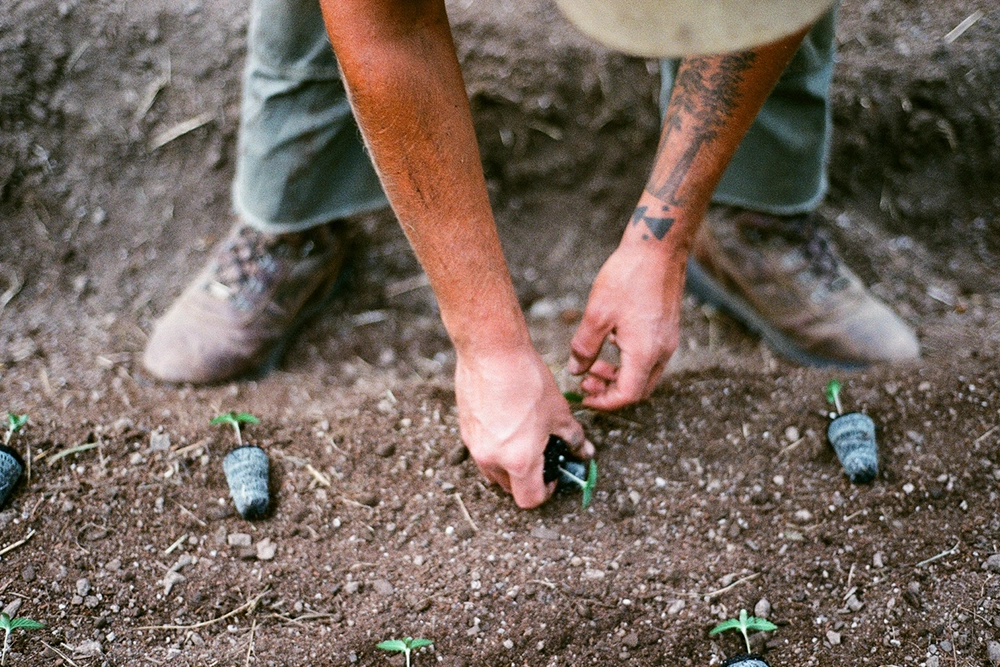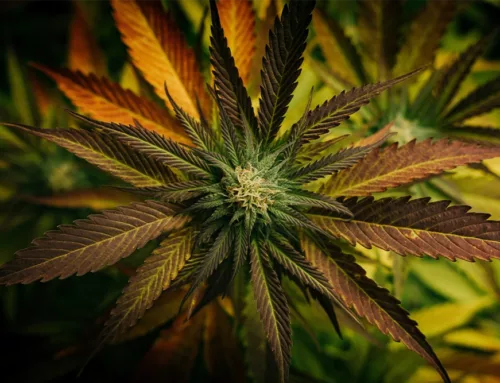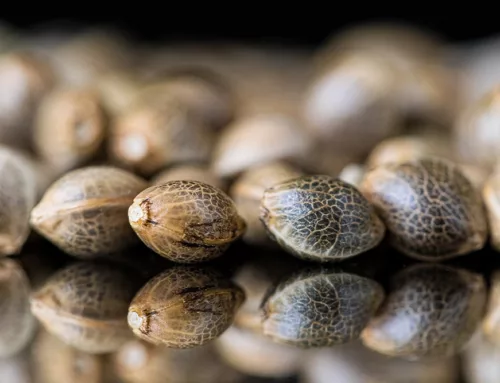Low-Stress Training Weed Tips and Tricks
Plant training techniques have been used in agriculture for thousands of years to enhance yields, improve plant aesthetics, and control growth. Advancements in the 20th century have led to the introduction of techniques like topping, SCROG, and LST. Among these, low-stress training (LST) stands out as an essential tool for growing cannabis.
Discover the low-stress training process in this step-by-step guide and learn how it can benefit the weed plants in your garden.
The low-stress training process
Low-stress training is a straightforward technique for customizing cannabis plants to their growing area. Cultivators typically start early in the vegetative stage. It involves gently shaping the plant’s growth by manipulating the apical main stem and branches to grow outwards rather than upwards. This simple yet effective technique results in uniform growth distribution and a balanced canopy, ensuring that each bud site receives equal light to maximize yield without stressing the plant.
While LST can be a beneficial technique for all types of seeds, including regular, feminized, and autoflower cannabis seeds, it’s important to note the ongoing debate about autoflower low-stress training. Due to their limited vegetative stage, any stress during this period can significantly impact their overall growth and development. However, with proper care and patience, LST can still be a viable option for autoflower plants. Let’s learn about how we can use it in our garden.
Benefits of LST
LST encourages branches to receive equal exposure to light, improving the plant’s structure and increasing the yield. Regularly observing and gently training your plants can create a more manageable, easy-to-maintain garden. With patience and the right techniques, you can develop a thriving crop that will reward you with a bountiful harvest.
1. Maximize space
By manipulating your cannabis plants to grow in a specific direction or shape, you can customize their growth to suit your growing area and maximize your yield by utilizing all the available space. This technique is perfect for indoor growers looking to optimize their growing area, especially when space is limited.
2. Maximize yields
Using the proper LST technique can significantly enhance the growth and quality of cannabis plants. By bending and training the plant, more light can reach the plant’s lower parts, improving light penetration. As a result, you can expect a substantial increase in yields, and the buds will also become denser. It’s a promising training technique if you want to boost your harvest.
3. Enhanced Stress Tolerance
Gradually bending and training plants can help them develop more robust cell membranes, making them more resilient to stress. As the plant becomes stronger and more resistant, it can produce a higher yield of top-quality, high-THC buds. This is especially beneficial when plants become heavy with buds, as it minimizes the risk of breakage due to strong winds or heavy rain.
4. Increased airflow
By removing the apical dominance, LST helps improve airflow throughout the canopy. Adequate airflow is crucial for plant health because it prevents stagnant air from building up, which can lead to the growth of mold, mildew, and other unwanted pests. Making LST useful for growers who want to maintain a healthy and productive garden.
5. Balanced canopy
To maintain an even plant structure, it’s best to prevent a single main stem from dominating by controlling the growth of lower branches. When a main stem takes over, lower branches can be shaded and receive less light, resulting in stunted growth. By managing the growth of branches, all parts of the plant receive equal light, which promotes healthier and more robust growth.
Should you consider LST for all grow types?
Low-stress training is a popular technique for indoor cannabis grows, as it allows cultivators to optimize their growing space and maximize production. Although LST methods are commonly used indoors, many outdoor and greenhouse growers also implement this method to increase crop yield. The technique can be especially beneficial for outdoor grows, as it can help prevent taller plants from shading out shorter ones and allow for better light exposure.
When to start low-stress training weed
It is recommended that you start training your cannabis plants during the vegetative stage, once they have reached a height of three or four nodes or when the branches have extended to the outer edge of the container. During this stage, the branches are still developing and can be easily manipulated and tied down. However, as your plant’s stems continue developing during flowering, they will become stiffer and break if manipulated too aggressively.
LST tips and tricks
Remember, low-stress training is a gradual process that requires patience and attention to detail. With proper technique, you can encourage healthy growth and maximize your cannabis yield. Here are the required supplies for LST:
- High-quality soft plant ties
- Thin organic stakes
- Small hand drill
- Tape
- Gardening twine
- LST or binder clips
- Anchor stakes
1. Prepare your container and equipment
Depending on the type of container you use, some have a rim, while others don’t. If your container has a rim, you can use specialized LST clips around the rim to secure your branches. However, if your container doesn’t have a rim, another option is to drill holes along the edge to provide something to tie the branches to or position binder clips on the edge. It’s good to have duct tape on hand, as it can be used to fix any broken branches during the process.
2. Beginning the bending process
Once your cannabis plant has grown to a height of three to four nodes, some experienced growers choose to “top” their plants, a form of high-stress training. They believe this creates a more symmetrical structure instead of one central main stem. After topping, growers allow the plant to grow naturally until it has developed several new nodes on each growth tip before starting LST. However, LST autoflower methods are not advised, and beginner growers should beware as the practice takes time to hone.
Gently bend the outer branches away from the main stem, careful not to apply too much pressure that could damage the stems. When you reach the last internode on the main stem, bend it over and secure it to the soil with a metal hook. The top of the plant that was bent down will gradually bend back upwards towards the light, which may take up to 24 hours. This technique helps promote even growth and light distribution throughout your cannabis plant.
3. Secure the branches
As the plant grows, you may need to adjust the ties and start bending the stem horizontally around the inside edge of the pot. Depending on the size of your pot, you may need to transplant the plant and re-fasten your branches to the new container. After gently manipulating the branches to your desired position, you can use the sides of the pots as anchoring points. This helps maintain an even canopy and promotes horizontal growth.
To secure the plants onto the pot’s rim, you can use specialized low-stress training techniques or soft ties. It’s important to ensure that the ties are tight enough to allow for growth and not too loose, which could lead to displacement as the plant grows. Once you have used up all the space inside the pot, you can allow them to develop naturally, with side branches reaching upwards towards the light.
4. Monitoring and adjustment
After you transition your plant into the flowering stage, stop low-stress training. Remove any excess foliage that blocks light or restricts airflow in the lower canopy. The outer branches may grow over the outside edge of the pot, but you can hold them down with gardening twine to keep the tops even with the inner branches. As the side branches grow toward the light, they will all become colas, unlike a non-LST plant with only one cola.
Frequently asked questions about low-stress training
Still curious about LST? Here are the frequently asked questions about low-stress training.
Is LST training worth the effort?
Yes, low-stress training can enhance yields by producing multiple colas while allowing you to control its height.
How much will low-stress training increase yield?
Low-stress training may increase your yields by up to 50%.
Does low-stress training slow growth?
No, low-stress training promotes lateral growth and increases yields.
Are topping and LST the same?
No, topping involves cutting off the main stem, while LST involves bending and tying down the plant’s branches.
What’s spiral LST training?
Spiral LST is a cannabis plant training technique that involves wrapping the plant’s stem in a spiral pattern around support, like a wooden stake.








